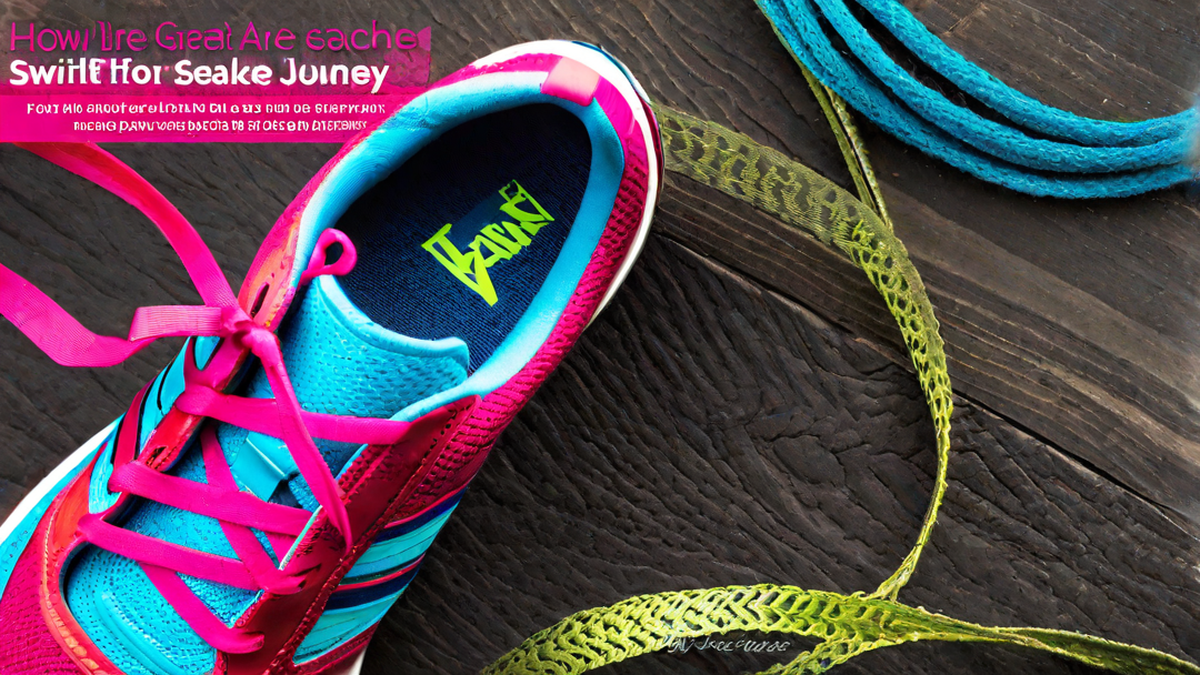As someone who loves running, I’ve always found myself paying attention to every little detail that can enhance my running experience. One aspect that often gets overlooked is the length of running shoe laces. Yes, those seemingly insignificant strings that hold our shoes together can actually make a big difference in our comfort and performance. In this article, I’ll delve deep into the world of running shoe laces and explore just how long they should be to ensure optimal fit and functionality.
The Importance of Proper Running Shoe Lace Length
Before we delve into the specifics, let’s first understand why the length of running shoe laces is important. The primary purpose of laces is to secure our shoes snugly to our feet, providing support and preventing slippage during our runs. Ill-fitting laces can lead to discomfort, blisters, and even injuries. Therefore, finding the right lace length is crucial for a comfortable and safe running experience.
Determining the Ideal Lace Length
Now that we understand the significance of proper lace length, let’s discuss how to determine the ideal length for your running shoes. Keep in mind that the perfect lace length can vary from person to person, depending on factors such as foot shape, shoe type, and personal preference.
One popular method to determine the ideal lace length is the “one-finger rule.” Simply put, when your shoes are laced up, there should be enough lace left to comfortably fit one finger between your shoe and the lace on the top-most hole. This allows for a secure fit without excessive tension or pressure on your foot.
Another method is the “heel lock” technique, which can be useful for runners with narrow heels or those experiencing slippage in the back of their shoes. To employ this technique, lace your shoes as usual, then create a loop with the lace on each side by crossing them over each other before threading them through the next set of eyelets. This creates a secure lock at the ankle, preventing heel slippage.
Common Mistakes to Avoid
While finding the right lace length may seem straightforward, there are some common mistakes that runners often make:
- Having laces that are too short: Laces that are too short can make it difficult to comfortably tighten your shoes or perform certain lacing techniques. It’s always better to have extra lace length to work with.
- Having laces that are too long: On the other hand, having excessively long laces can be cumbersome and may increase the risk of tripping over them during your run. It’s important to strike a balance and avoid excessive lace length.
- Using improper lacing techniques: The way you lace your shoes can also impact the fit and comfort. Experiment with different lacing techniques, such as the “runner’s loop” or “box lacing,” to find what works best for you.
Conclusion
When it comes to running shoe laces, finding the right length is key to a comfortable and secure fit. Experiment with different methods and techniques to determine what works best for your feet and running style. Remember, the perfect lace length is a personal preference, so don’t be afraid to adjust and customize to suit your needs. Happy running!

